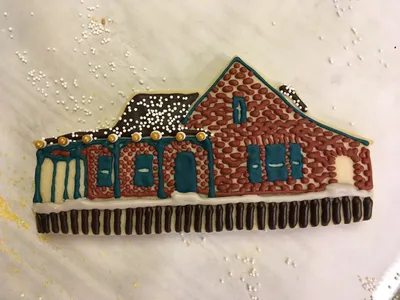Blog
Decorating Tips for Your Open Concept Design

January 26, 2018
An open concept is a desirable floor plan for today’s homeowners. Having rooms without walls enhances the spaciousness, but it also presents a design challenge. With less definition provided by walls and doorways, how do you create your spaces within this open space? These decorating tips for your open concept designs can guide you in the right direction. Consider the flow. The colors you choose and the placement of your furnishings must flow seamlessly throughout your family room, dining room, and kitchen. Look at the natural flow of movement from one space to the next, like the kitchen to the dining area. Do you need a small workspace adjacent to the kitchen or would it work better as part of your family room? How much space do you need to comfortably move around the furniture, like the dining table, kitchen island, and family room’s seating? Use color consistently. Decide on one color palette to pull it all together. Start with your foyer, which is the entry to this open floor plan. Expand that color spectrum by incorporating a few shades of your chosen colors. Plan the lighting. The lighting design for your open floor plan must take into account the wide array of uses in this space. Task lighting will be critical in the kitchen and any other work areas. Be sure to incorporate dimmers on every wall switch to give you control of the room’s overall ambience. Define task areas. You don’t need walls to create rooms. Use your furniture and decorative accents to establish smaller purposeful spaces within the open floor plan. Make a reading nook by setting a comfortable chair, ottoman and occasional table near a window, with its own area rug. Set up a small workstation for managing bills, sorting mail, or doing homework by placing a small desk or console table near the breakfast nook. Be sure you have good lighting here. You can expand the workspace by adding a bookcase or wall-mounted organizer. Use area rugs. Define nooks and gathering spaces with area rugs that complement one another with a consistent blend of colors and styles. They don’t have to match, but avoid drastically different designs, like bold contemporary with traditional. Don’t “arrest” the room. Placing your furniture up against the wall leaves a tremendous gap in an open floor plan. Since you don’t have walls, add boundaries by using larger furnishings, like bookcases and sofas. Break up your seating by building a large section (maybe near the television) and a smaller, more intimate conversation space. Complement with curves. If your open concept features angular lines, soften them with rounder shapes, like an oval or round dining table, rug, or occasional tables. An open floor plan presents a creative challenge for decorating, but also gives you plenty of room to create the space that perfectly fits your lifestyle.
Latest Posts
Jun 5, 2023
Welcoming Wilcox!
Apr 21, 2023
Up to $20,000 of Financial Assistance for First-Time Homebuyers
Apr 13, 2023
Preparing Your Home for Potential Spring Flooding
Mar 1, 2023
5 Garage Organization Tips to Cut the Clutter
Nov 15, 2022
Progress on the long awaited Watercourse in Daybreak!
Oct 12, 2022
Hill Farms Weekend Walking Inventory Tour
Aug 17, 2022
Beyond the Basics: 25 Questions to Ask Your Future Builder
Jan 20, 2022
Room to Room with Destination Homes - Shayne Mosher interview
Jan 11, 2022
Larry H. Miller Real Estate to Aquire Destination Homes
Previous Article

These Aren't Cookie Cutter Houses... Or Cookie Cutter Cookies.
Next Article




